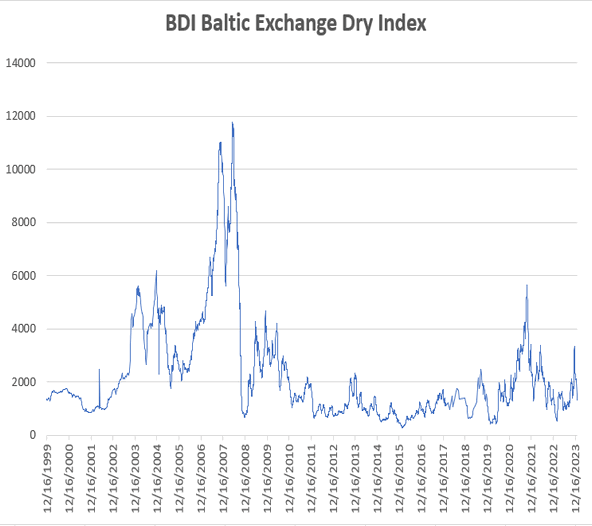Answer is:
- depends on whether the high dividend yield is sustainable
The gap between the dividend yield of a REIT and the yield on newly issued 10yr govt bonds is commonly used to gauge the risk premium of REIT stocks. Typically, a fair value would be 2% over the govt bonds.
Sometimes, the high yield could be achieved via the following financial engineering:
- Purchase price of the properties under the REIT to be paid over several installments. Such deferred payments make the yield attractive initially. However, the payment would eventually catch up.
- REIT sponsors and managers may elect to pay the fees and price of the assets in units of the REIT instead of cash. This allows more cash to be given out as dividends initially, but the new units would eventually dilute the shareholders.
- Usage of "step-up interest rate swaps" where lower cash interest payments in early years and higher cash interest payments in later year. This is usually done to match potential increase in rental income, but if such expected increase did not materialise, the REIT will be burdened by the higher interest rates.
- Usage of "distribution entitlement waiver" that waive all or part of the distributions due to them (sponsors and managers) for a limited period.
Another thing to take note off is the remaining leasehold of the properties in the REITs.
Here is a good link to understand REITs: http://home.howstuffworks.com/real-estate/reit1.htm
.JPG)







